The Kiswa (also known as Ghilaaf-E-Kaabah), the breathtaking black cloth embroidered with gold and silver thread that adorns the Kaaba, undergoes a meticulous changing ceremony every year. This deeply symbolic tradition signifies both respect for the holy site and the exceptional craftsmanship that goes into creating the Kiswa.
A Day Steeped in Tradition:
The changing of the Kiswa takes place on the first day of Muharram, the first month of the Islamic lunar calendar. This occasion holds immense significance for Muslims worldwide, and historically, the date has varied. A team of over 159 highly skilled technicians and craftsmen meticulously orchestrate the replacement, ensuring the utmost respect and precision throughout the process.
The Kiswa: A Masterpiece of Islamic Art
The new Kiswa, crafted from the finest materials, consists of four separate silk panels, each designed to cover a side of the Kaaba, and a door curtain. Each panel is hoisted to the top of the structure before being carefully unfolded over the existing Kiswa. The new covering is then secured in place, while the old Kiswa is lowered with equal reverence.
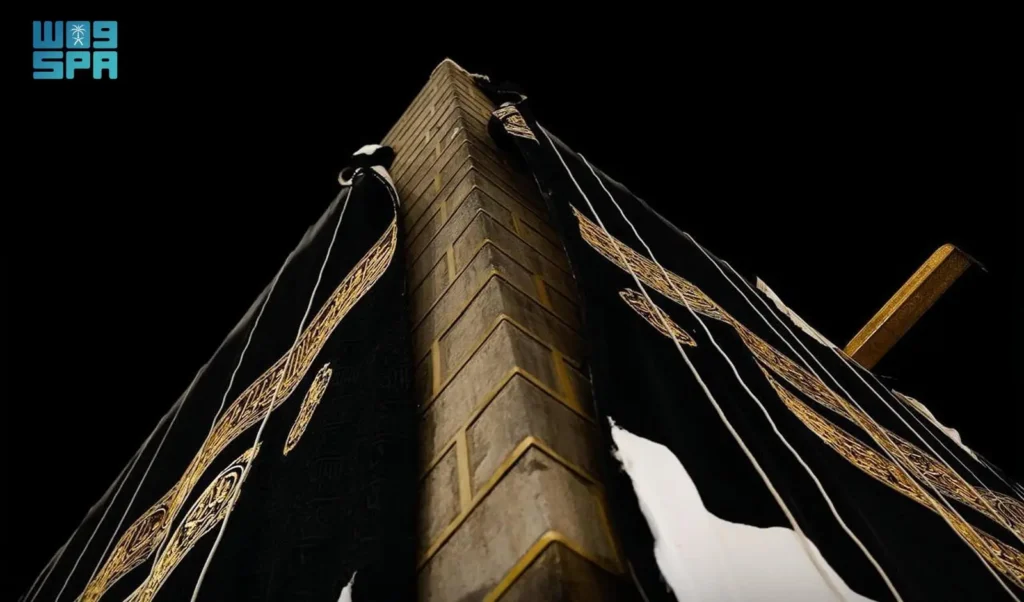
The King Abdulaziz Complex: A Hub of Exquisite Craftsmanship
The awe-inspiring Kiswa is not created overnight. The King Abdulaziz Complex for Holy Kaaba Kiswa serves as the heart of this remarkable tradition. Here, over 200 dedicated craftspeople and administrators collaborate in specialized departments to produce the Kiswa.
- Dyeing and Weaving: The complex boasts state-of-the-art facilities for dyeing raw black silk and weaving it into both plain and intricately patterned fabric using Jacquard machines.
- Hand-weaving: Master weavers meticulously craft the exquisite calligraphic inscriptions that adorn the Kiswa, incorporating verses from the Quran into the fabric itself.
- Printing, Belts, and Embellishments: Dedicated departments handle the printing of Qur’anic verses, the creation of the Kiswa’s decorative belts, and the application of gold and silver thread embroidery.
- Sewing and Assembly: The world’s largest sewing machine, a marvel of engineering at 16 meters long and computer-controlled, precisely assemble the various panels of the Kiswa.
- Supporting Departments: A team of scientists in the laboratory ensures the quality of materials, while administrative staff, quality control specialists, and public relations personnel manage the complex’s operations. Additionally, safety is paramount, with a dedicated department overseeing worker well-being.
The Materials: A Testament to Quality
The Kiswa is a true embodiment of luxury and devotion. Each year, approximately 1,000 kilograms of raw silk are meticulously dyed black at the complex. To create the shimmering embroidery, a staggering 120 kilograms of gold thread and 100 kilograms of silver thread are meticulously woven into the fabric.
The changing of the Kiswa is a powerful symbol of renewal and respect for the holiest site in Islam. It’s a testament to the dedication of hundreds of artisans and the rich tradition of Islamic art that continues to thrive.



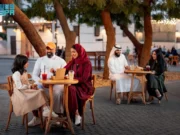

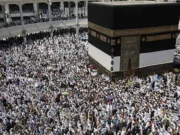



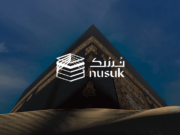
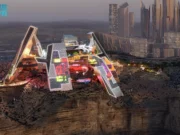
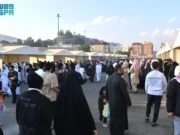


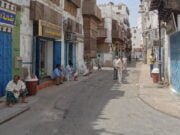

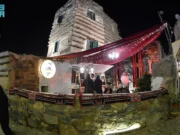
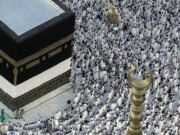

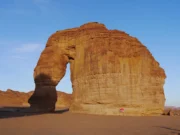

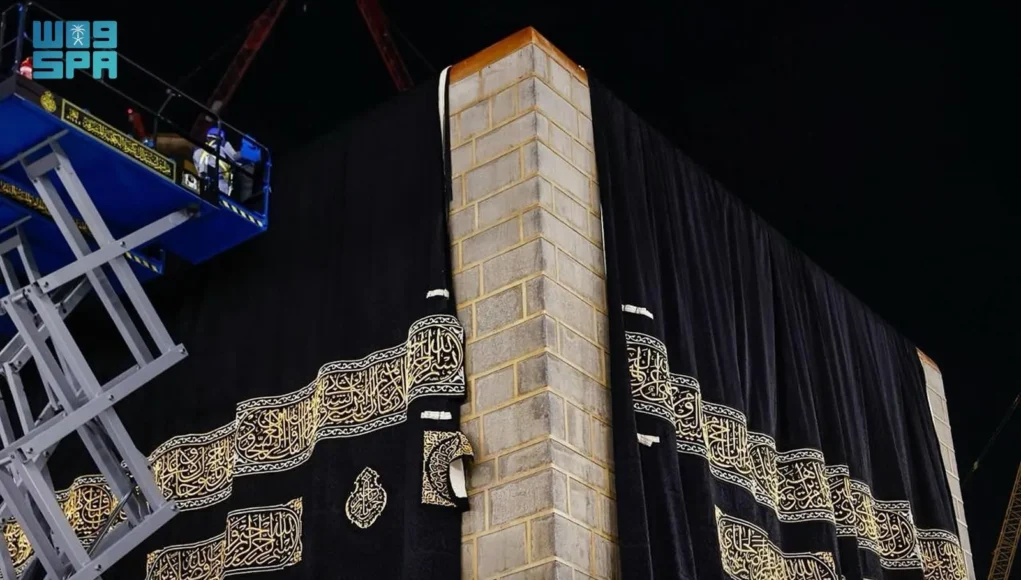





I want to get Haram Sharif, I hope the government will accept me
Hey people!!!!!
Good mood and good luck to everyone!!!!!